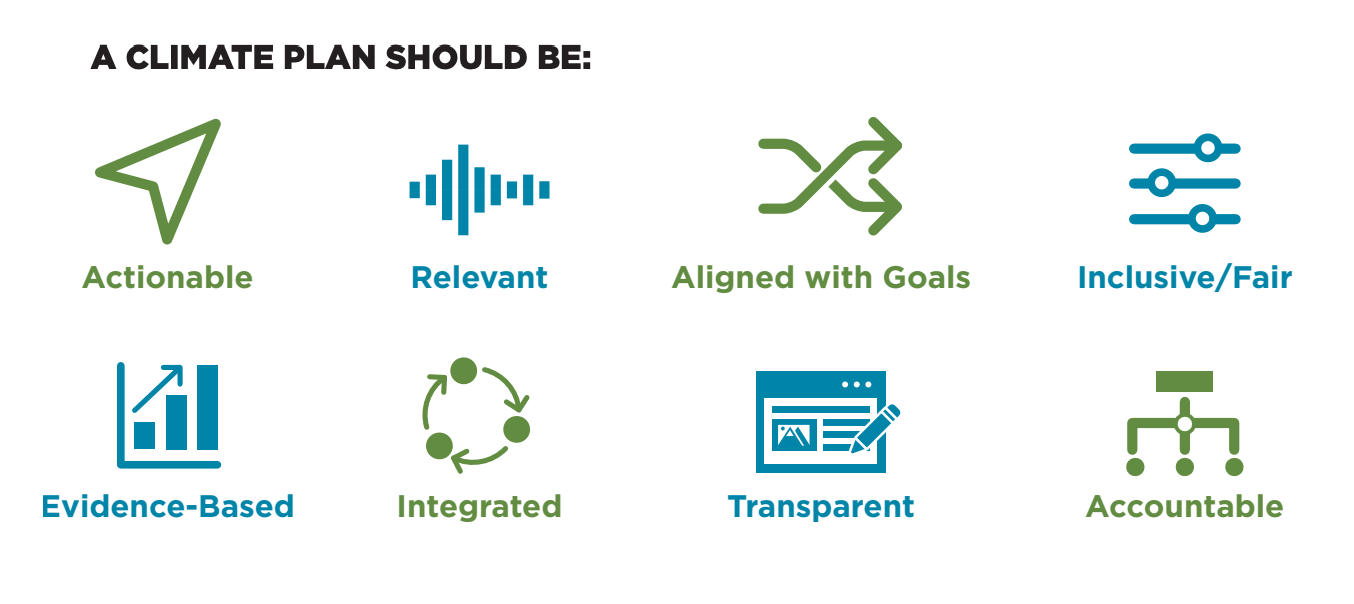The Issue:
Climate Change is impacting everyone around the world. Temperatures are rising, we’re experiencing more severe storms, increased droughts, etc. All of us must do our part to understand what factors cause climate change to happen and to take action to lessen its impact. Many states, cities, countries and companies are creating Climate Action plans to better understand their current impact on the environment, to develop a plan to change behaviors, and to take action to reduce the impact on climate change. There are many ways to stop global warming and climate change but each of us must do our part!
The Game Design Prompt:
To most effectively address climate change, it’s important to design a plan that helps you identify the actions you need to take. There are both small and big actions that each of us can take every day at home, in school, at work and in our community. Design a game focused around the creation of your personal Climate Action Plan. Create a fun way to have your plan come to life through your everyday actions while teaching the many ways to address climate action and make the world a better place.
SDG Connection:
Being a Climate Action Hero would most closely align with Development Goal #13: Take urgent action to combat climate change and its impacts.
The people who are the least responsible for climate change are the most impacted by it (Ex: the global south, indigenous peoples, young children)
The primary source of climate change is the fossil fuels industry with deforestation as a close second
According to NASA, the overall global temperature has increased by 33.83° Fahrenheit since 1880
It has been more than 4 million years since we have reached our current carbon dioxide levels
Nature-based climate solutions only receive 3% of climate funding despite being one of the most effective ways of combating climate change
A climate action plan is a strategic document that outlines a collection of measures and policies to reduce greenhouse gas emissions and actively address climate challenges. Things like creating solar grids, stormwater management, and preventative measures can all be part of a climate action plan. CAPs are essential for local governments to tackle climate change, and they work best when the community is involved. There are 3 ways to do this:
Effective CAPs include four key components: emissions neutrality, governance and collaboration, resilience to climate hazards, and inclusivity and benefits.

Photo credit: King County Climate Action Toolkit
When it comes to fighting climate change, things can seem hopeless, and so much bigger than we can even comprehend. But taking action works! Here are some things people can and have done that we know works to help save the planet.
As famed American historian Howard Zinn said:
“Revolutionary change does not come as one cataclysmic moment (beware of such moments!) but as an endless succession of surprises, moving zigzag toward a more decent society. We don’t have to engage in grand, heroic actions to participate in the process of change. Small acts, when multiplied by millions of people, can transform the world.” – The Optimism of Uncertainty, The Nation, 2004
Climate Change is an incredibly daunting and pressing issue we all face. But we don’t have to face it alone. These are a few organizations that dedicate themselves to fighting climate change on a collective level.
Classroom Brainstorm (20 min)
Objective: To simulate and prototype a community climate action plan.
Procedure:
UNESCO’s Climate Change Activity (60 min)
Objective: To learn more about each other through sharing personal experiences, knowledge, and feelings concerning climate change.
Start (5 min)
Play a short video showing why climate change education is important to shape sustainable development and how it works in practice. It shows how education can help us understand the causes of climate change. It also gives examples of how teachers and students can get active and address the challenges of climate change. This can be done on a large screen, computer screens, or group together to watch on a mobile phone or tablet.
Climate Change People Search (25 min)
Give every student a copy of appendix 1. Invite students to move around the classroom and join up with someone who can respond in a positive way to one of the items in the handout. Ask them to write the name of the person into the space on the sheet and ask questions of their partner so as to encourage sharing of detail of their experiences and/or feelings. Let the group know that they can only have one positive response from any one person. They must move on to other people to fill in other lines on the handout. Encourage them to complete as much of the handout as possible in the time available but without rushing so they benefit from listening to each other’s stories.
Discussion (20 min)
Lead the group in discussion and reflection on stories they have encountered and write the group’s questions about climate change on the flip chart or board.
Possible discussion questions:
Closing (5 min)
To end the lesson, students quickly summarize their collective feelings about climate change, and what as a class they could do about it.
© Copyright Games for Change 2025